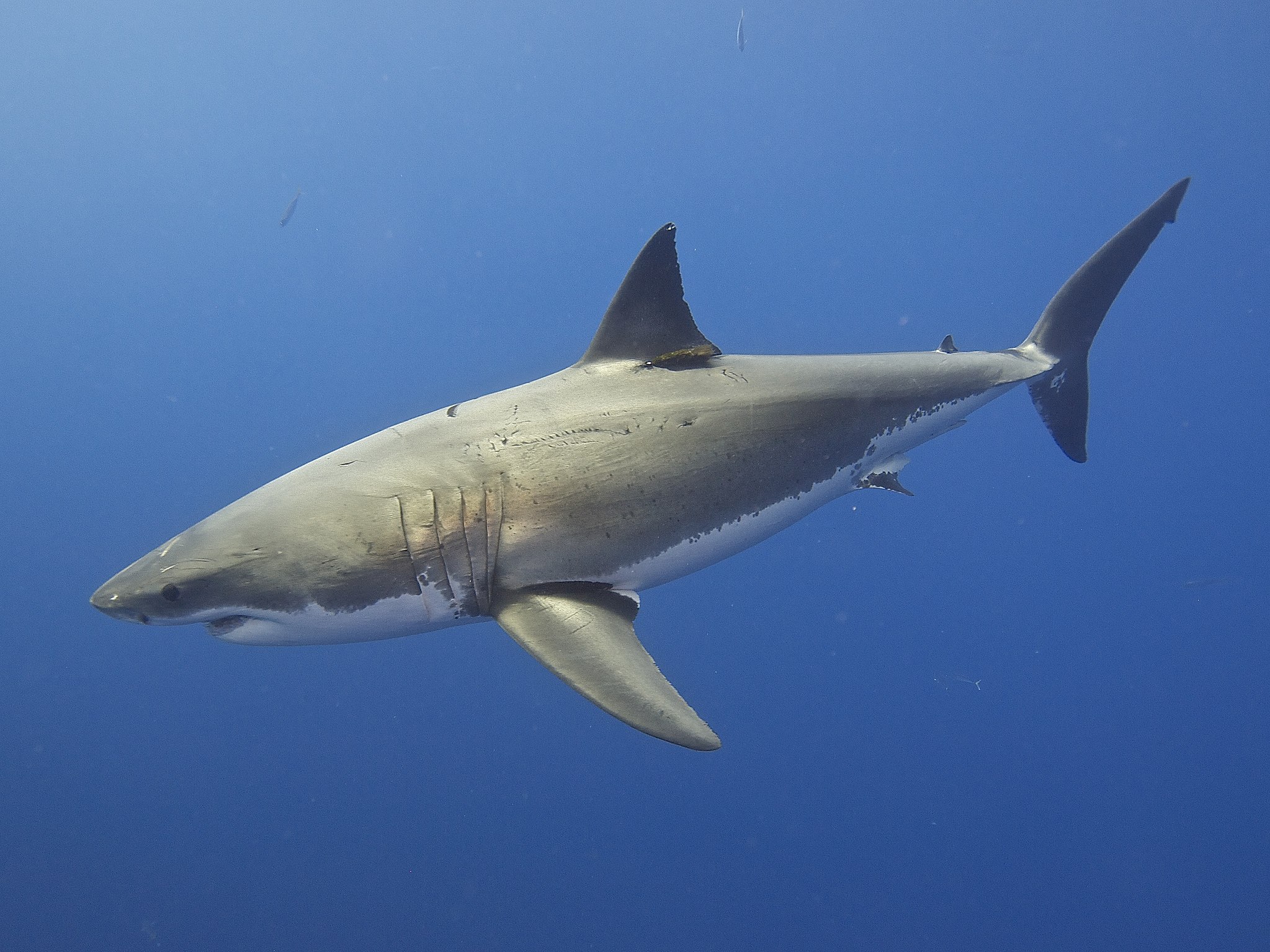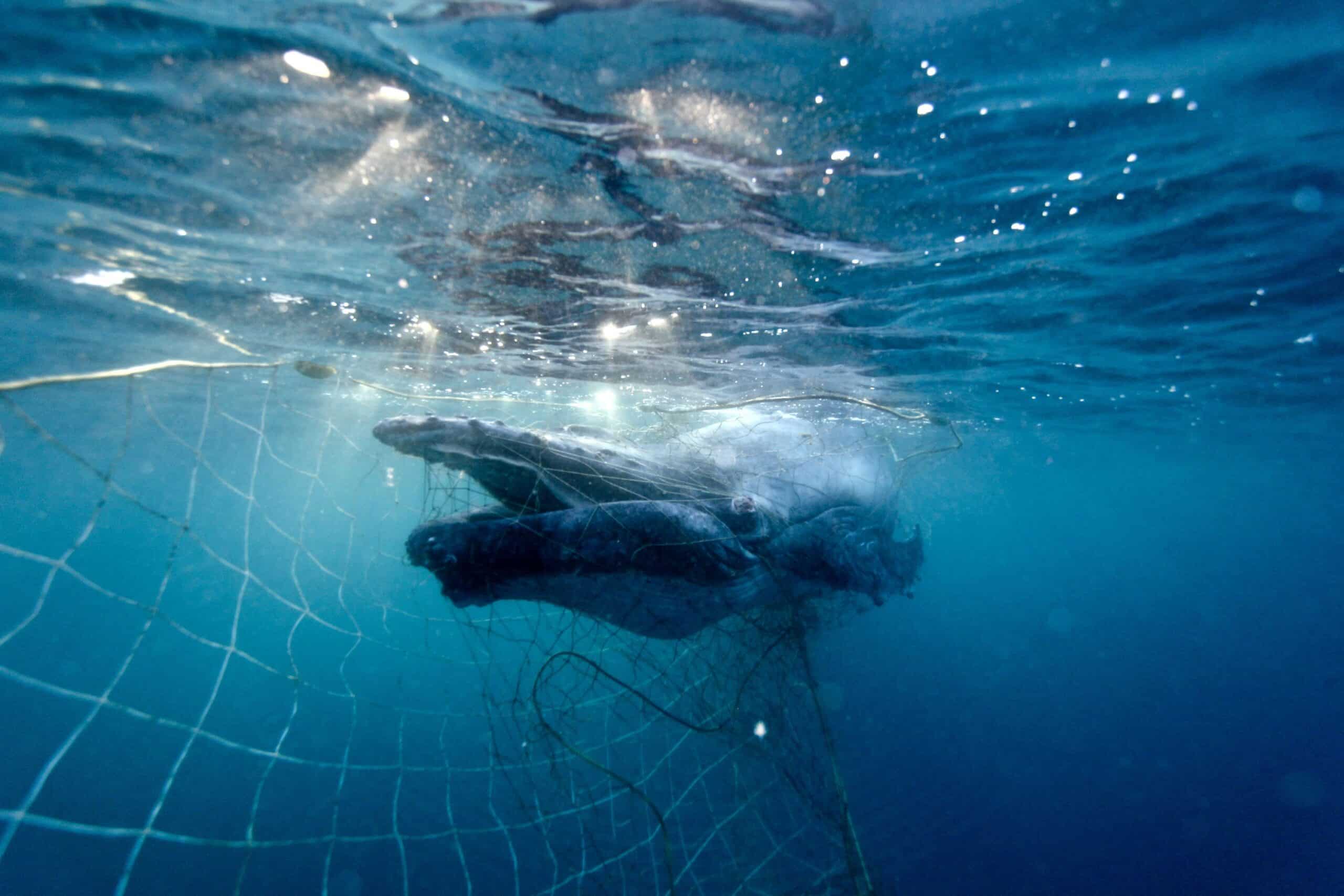Research shows that Australia’s great white sharks are highly related to each other and may consist of fewer than 500 breeding animals. SYDNEY, 24 June 2025: Latest research has found Australia’s great white shark population is much smaller than expected, increasing their vulnerability to further population threats. The population...
Every three years, nations meet under the banner of the Convention on the International Trade in Endangered Species (CITES). Each Conference of the Parties (CoP) is a massive opportunity for threatened species of plants and animals to have their trade prohibited or heavily regulated, to ensure the species does not become an extinction risk. This year, the CoP will be held in Panama in November, and it’s lining up to be a very important one.
Last Friday, proposals for listings were finalised and released by CITES, and there is a lot to be excited about.
Requiem Sharks
As some of the most heavily trafficked and traded groups of animals on the planet, sharks are always a key feature at the CoP, and this will be no different. On the docket this year is the family Carcharhinidae, or the ‘Whaler’ (also known as ‘Requiem’) Sharks.
Close your eyes and picture a shark.
 Grey reef shark
Grey reef shark
Chances are it was a whaler shark. Whalers are the typical, grey, fusiform-shaped animals that are found worldwide. Valued for their fins, they are also some of the most threatened and heavily fished sharks in the world, including the blue shark, of which an estimated 20 million are killed every year[3].
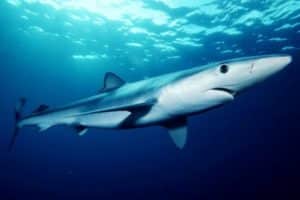 Blue shark
Blue shark
The listing proposal focuses on the grey reef shark (Carcharhinus amblyrhynchos), dusky shark (Carcharhinus obscurus), smalltail shark (Carcharhinus porosus) and Ganges shark (Glyphis gangeticus), and the declines of these species specifically. The additional 50 species proposed for listing, are also under threat, but would achieve listing due to the difficulty in species identification, especially when the most frequently traded shark product are dried fins. CITES provides for ‘look-alike’ species to be listed.
If successful, 54 species of whaler shark will be added to Appendix II, meaning future trade to and from member nations will be accurately tracked and heavily regulated, greatly reducing the risk of extinction.
Guitarfish
Another group of species heavily impacted by the shark fin trade and subject to a proposal for an Appendix II listing are the guitarfish. Though they more resemble sharks, guitarfish are actually rays, and therefore still possess the cartilaginous skeletons that makes their fins so desirable for shark-fin soup.
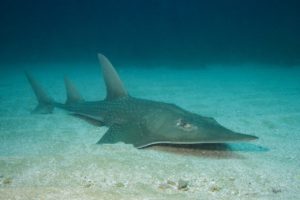 White-spotted guitarfish
White-spotted guitarfish
Much of the guitarfish family are already listed, and this proposal aims to add six more species including the stripenose, Brazilian, white-spotted, spineback, common, and brown guitarfish.
Small hammerheads
Another group with valuable fins – small hammerhead sharks are the subject of a proposal to add them to those hammerheads already listed on CITES. These small hammerheads include the scoophead, smalleye hammerhead, scalloped bonnethead, Carolina hammerhead, and winghead sharks.
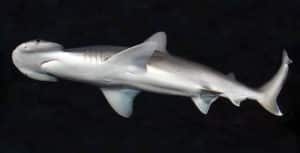 Scalloped bonnethead shark
Scalloped bonnethead shark
Pygmy blue tongue skink
Moving on from the sharks, it was very exciting to see a proposal from the Australian Government for this year’s CoP, the pygmy blue-tongue skink! Found only in small parts of South Australia, the pygmy blue-tongue is threatened due to the illegal exotics trade. Australia had earlier this year placed 127 reptile species on Appendix III of CITES, meaning trade may occur with proper documentation and traceability in an attempt to toughen up its controls on the pet-trade. Australia has long held a ban on the commercial export of live native wildlife but Australian reptiles are highly sought after in the international pet trade, particularly Europe and the US, with obvious concerns over the wild origins of the animals in trade. Trafficked reptiles are frequently intercepted leaving Australia, and we are encouraged to see Australia taking a stand to reduce the exploitation of our native species.
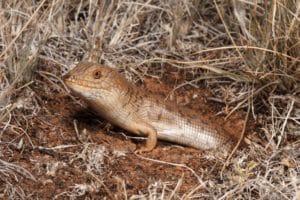 Pygmy blue tongue skink
Pygmy blue tongue skink
Hippopotamus
There is also a proposal for hippopotamus to be listed on Appendix I, prohibiting its trade, from a number of African signatory nations due to historical declines of more than 30% in the last three generations. They are listed as Vulnerable under the IUCN Redlist, and are extensively poached and traded, both live and via hippo-derived products.
 Hippopotamus
Hippopotamus
Reptiles and Amphibians
As mentioned earlier, CITES has a very important role to play when it comes to the exotic pet trade – as shown by a large number of proposals for the listing of threatened reptiles and amphibians. There are proposals for softshell, map, musk, mud, snapping and wood turtles, as well as the timber rattlesnake, the Jeypore gecko, glass frogs and Chinese water dragons among others. As one of the sole authorities over the exotics trade among signatory nations, it is of the upmost importance to regulate trade in these species if we are to ensure they maintain sustainable populations in their home ranges.
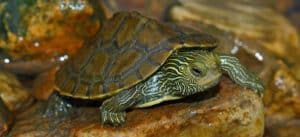 Map turtle
Map turtle
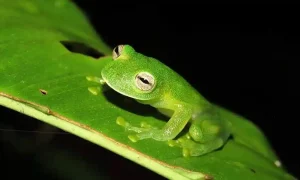 Glass frog
Glass frog
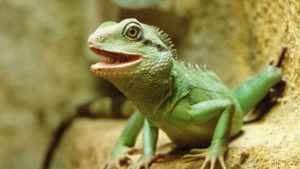
Chinese water dragon
HSI has long played a crucial role in CITES conferences and deliberations. Bridging the gap between science and policy, the conservation community looks to us to engage with signatory nation delegations to behove them to conserve these species as integral cogs in their native communities, and to halt the pain and suffering caused by animal exploitation and trade.
We look forward to this next CoP in November and will be working hard in the interim to secure the support of Australia and her neighbours for these proposed listings.

